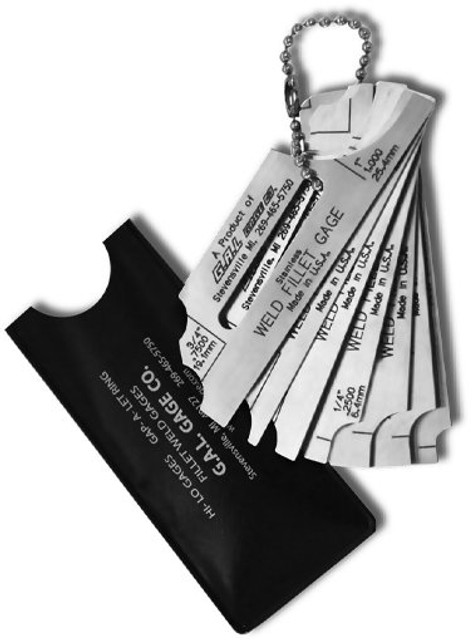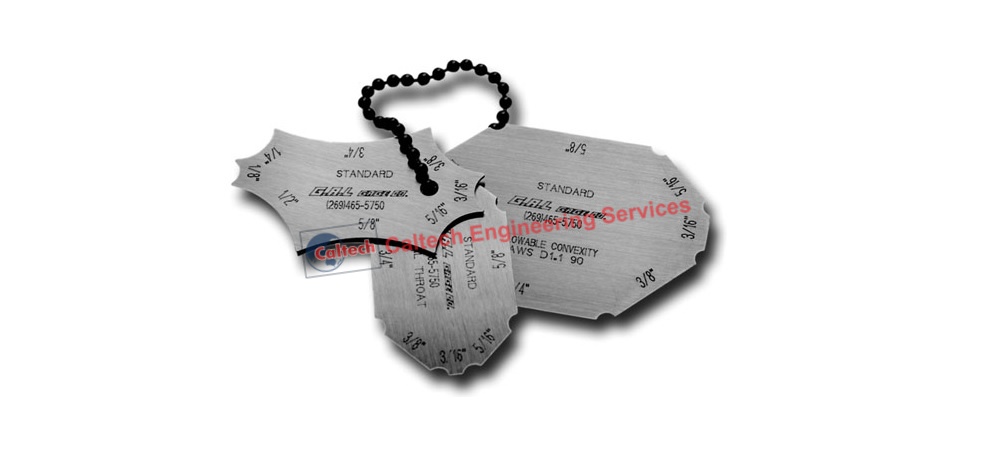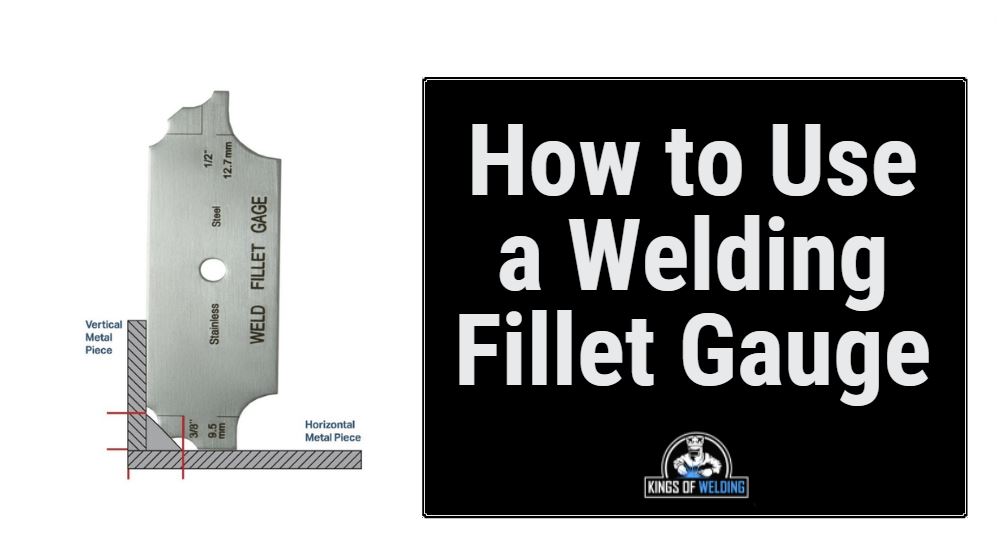Improving Your Welding Skills: Focus on Gauge Fillet Welds
Fillet Weld Layout Methods: Enhancing Joint Efficiency and Appearance for Structural Honesty
In the realm of structural design and construction, the significance of fillet weld style methods can not be overstated. By thoroughly thinking about factors such as weld profile optimization, product option, joint preparation techniques, welding process efficiency, and visual improvement approaches, designers and producers can attain an unified equilibrium between capability and look in their bonded structures.
Weld Profile Optimization


Accomplishing an optimal weld profile includes a careful factor to consider of elements such as product thickness, joint configuration, welding placement, and desired welding speed. In addition, the selection of proper welding specifications, such as voltage, existing, and travel rate, is essential in controlling the form and dimensions of the fillet weld. Making use of innovative welding techniques, such as pulse welding or robot welding, can additionally fine-tune the weld account to meet details style requirements and top quality standards.
In significance, weld profile optimization is a basic element of fillet weld style that directly influences the overall performance and integrity of bonded joints in architectural applications.
Material Selection Considerations
When thinking about material option for fillet weld design, the compatibility of the base steels is a crucial variable influencing the architectural integrity of the joint. It is essential to select products that not only bonded with each other efficiently yet also possess comparable mechanical buildings to ensure the tons is equally distributed between the base and the weld steels. Welding materials with greatly various residential or commercial properties can cause concerns such as stress concentrations, early joint failing, or fracturing.
Additionally, the atmosphere in which the welded framework will certainly run must be taken into account when choosing materials. Aspects like deterioration resistance, temperature level fluctuations, and direct exposure to chemicals can all affect the durability and efficiency of the weld joint. By picking products that appropriate for the desired application and environment, the overall sturdiness and dependability of the bonded joint can be dramatically boosted.
Therefore, thorough consideration of material compatibility and environmental factors is paramount in guaranteeing the weld joint's strength, resilience, and general structural integrity.

Joint Prep Work Methods
Considering the important role material option plays in guaranteeing the architectural honesty of fillet weld joints, it is necessary to execute specific joint preparation methods that maximize the connection between the base steels. Joint prep work is an important action that straight influences the high quality and stamina of the weld. One basic technique is the cleaning of base metals to get rid of any kind of contaminants like rust, oil, or paint that might jeopardize the this content weld's honesty. This can be achieved with techniques such as grinding, cable brushing, or chemical cleaning.
Additionally, appropriate fit-up of the joint is necessary to make sure consistent distribution of the welding material and stop flaws like incomplete penetration or excessive buildup. Beveling the edges of the base steels can develop a groove that permits for much deeper weld infiltration and a stronger bond. Additionally, tack welding the elements in position before the last weld aids keep placement and decreases distortion throughout the welding procedure. By thoroughly complying with these joint preparation techniques, welders can enhance the overall efficiency and visual appeals of fillet weld joints while making sure structural strength.
Welding Process Efficiency
Efficient welding procedures are vital for accomplishing optimal productivity and high quality in fillet weld fabrication. One key facet of improving welding process performance is choosing the ideal welding method. Factors such as product kind, joint style, and welding position need to be thoroughly considered to establish the most ideal technique. For instance, procedures like gas metal arc welding (GMAW) and flux-cored arc welding (FCAW) are generally used for fillet welds because of their versatility and speed (Gauge Fillet Weld).
Normal calibration of welding devices, assessment of consumables, and maintenance of welding torches can avoid downtime and rework, ultimately saving time and sources. Trained welders are extra experienced at changing specifications, repairing problems, and keeping consistent weld top quality.
Visual Enhancement Methods
To optimize the quality of fillet weld manufacture, carrying out visual enhancement methods can play an essential duty in making sure accuracy and precision during the welding process. Visual improvement techniques incorporate numerous methods intended at improving the look and high quality of fillet welds. One usual method is using back purging systems to eliminate oxidation on the backside of the weld, causing a cleaner, much more visually pleasing finish. In addition, utilizing appropriate lights arrangements in the welding location can improve visibility, enabling welders to check the weld swimming pool and make certain regular bead formation. Aesthetic help such as weld size determines and amplifying lenses can help in assessing weld accounts and measurements precisely. The usage of contrasting marking materials or temporary tacking can aid in straightening and positioning the workpieces exactly prior to welding. By integrating these aesthetic improvement techniques into the welding procedure, welders can achieve not only structurally audio fillet welds yet also aesthetically attractive results that satisfy industry standards.

Final Thought
Finally, maximizing fillet weld layout includes careful factor to consider of weld account, pop over here material choice, joint preparation, welding process performance, and aesthetic enhancement approaches. By implementing these methods, structural stability can More Help be improved while also attaining aesthetic appeal. It is very important to focus on both performance and looks in fillet weld style to make sure the general quality and sturdiness of the joint.
By thoroughly taking into consideration variables such as weld account optimization, material choice, joint preparation methods, welding process effectiveness, and visual enhancement methods, makers and engineers can attain a harmonious equilibrium between capability and look in their bonded frameworks.In the world of fillet weld layout, enhancing the weld profile plays a vital function in guaranteeing structural stability and efficiency. The weld profile, which includes the dimension and form of the weld cross-section, directly influences the distribution of tension and load-bearing ability within the joint. It is necessary to pick products that not only weld with each other efficiently but also possess similar mechanical buildings to ensure the load is uniformly dispersed between the weld and the base steels - Gauge Fillet Weld.In verdict, maximizing fillet weld style involves mindful consideration of weld account, product option, joint prep work, welding process performance, and visual enhancement approaches